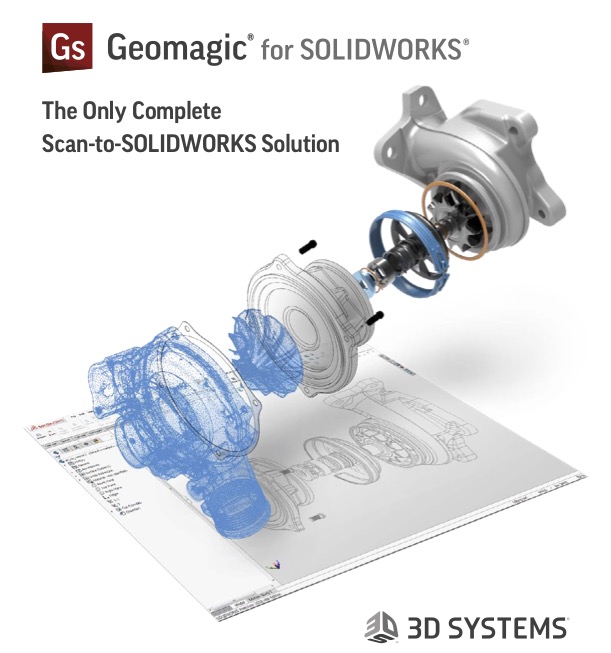

- #Solidworks image capture how to#
- #Solidworks image capture software#
- #Solidworks image capture series#
Like the Cinepak, the TSCC codec must be installed in order to see the video.Īnother setting to watch would be the Key Frame number. Camtasia Studio is an absolutely awesome screen capture utility that I would say is used for a large majority of CAD vendor generated Demonstration Videos that you will find out there today. If you have Camtasia Studio installed on your machine you can use the TechSmith Screen Capture Codec (TSCC) option. Users who view the video will need to have the Cinepak Codec installed on their system. The results can be improved with by using the Cinepak Codec that is available in all default SolidWorks installations. We found that shadows, faces, and edges tend to get blurred and show grids patterns and lines that should not be present. This is the safest compression option but does NOT give the best results. The default setting is “Microsoft Video 1”. Once you click “Save” you are presented with one last window asking you how you want to compress the video. We have seen good results using 20-30 FPS. The higher the FPS, the smoother the motion in the animation. The default FPS is 7.5 which can leave the video a bit “choppy”. One of the most important settings when creating an animation file is the Frames per second (FPS) setting. This was one of the things I was most excited about last year when 2008 was announced and it has proven to be a useful option in creating animations. With the incredible enhancements to RealView in SolidWorks 2008, you can use the SolidWorks Screen option with RealView turned ON and get a very nice result in a fraction of the time it takes using PhotoWorks. Fortunately you can set up Rendering and Animation tasks to automatically run overnight using the SolidWorks Task Scheduler.

Rendering each frame of the animation can take MUCH longer than using the screen option. AVI option you have the option to use the SolidWorks Screen to produce the images for each frame of the video OR you can use PhotoWorks.
#Solidworks image capture software#
If you use the image options you will need some sort of third party software to produce the images into a video.
#Solidworks image capture series#
AVI format, which is what most users use, or you can save the animation as a series of Targa or Bitmap images that represent each frame of the video. When you select the Save Animation button, you are presented with three file options.
#Solidworks image capture how to#
Rather than covering all the dos and don’ts on how to set up a Motion Study, what I want to focus on is some methods you can use to get good final results in your animation files. The SolidWorks Animator product was removed as an add-in and included (with all of it’s functionality) across the entire SolidWorks product line under what is now called Assembly Motion. Let’s take a step back first and review one of the big changes in SolidWorks 2008. I thought I would pass along a few tips on how you can get some good results quickly when creating AVI files using Motion Manager.

I am also fortunate in that I have some great Blogger friends in Matt and Rob that I can bounce a few questions off of. With this our CAD department is finally digging into the animation portion of SolidWorks and have already put out some GREAT animations. One of the jobs that we are working on right now includes the creation of some animations to be placed into a PowerPoint presentation. Is it because of shortcomings in the software? No, it is mainly my lack of time to learn all the ins and outs of creating a good animation.

I have created a few animations over the years but I have never really been completely satisfied with the quality of the videos I have produced. Animations are certainly NOT my specialty when it comes to SolidWorks.


 0 kommentar(er)
0 kommentar(er)
